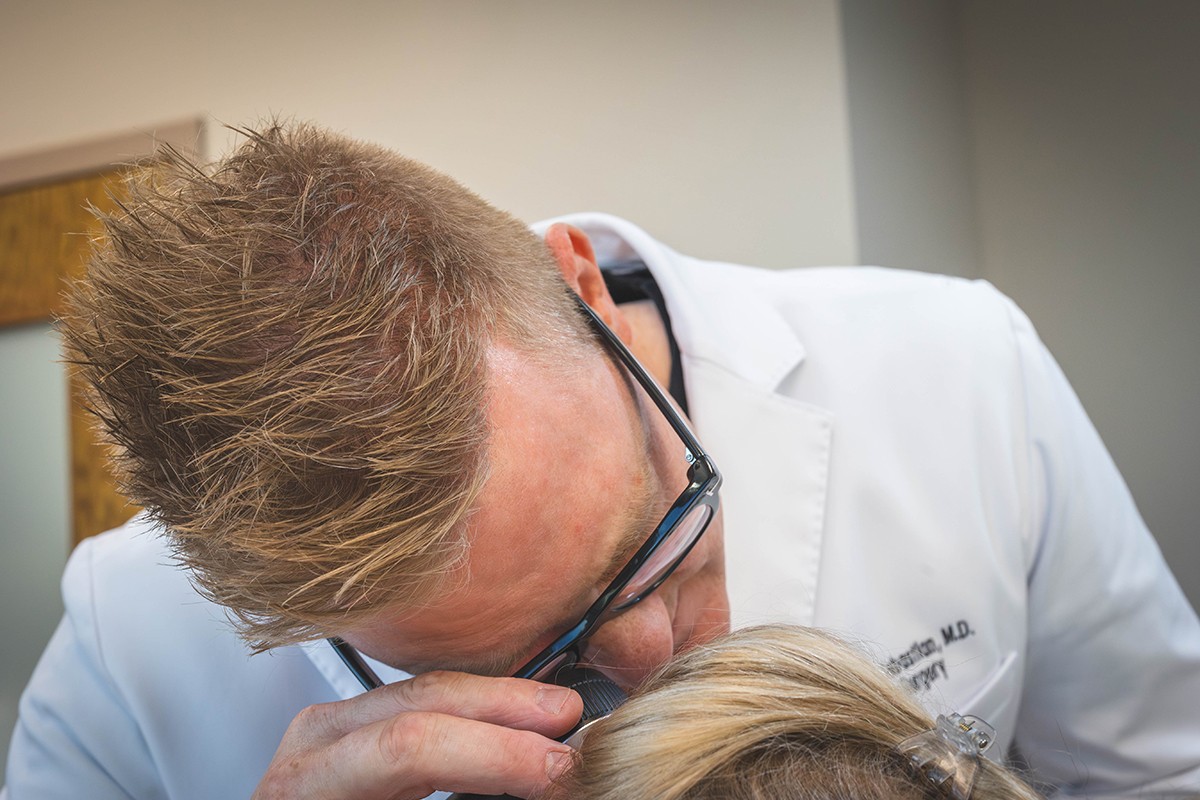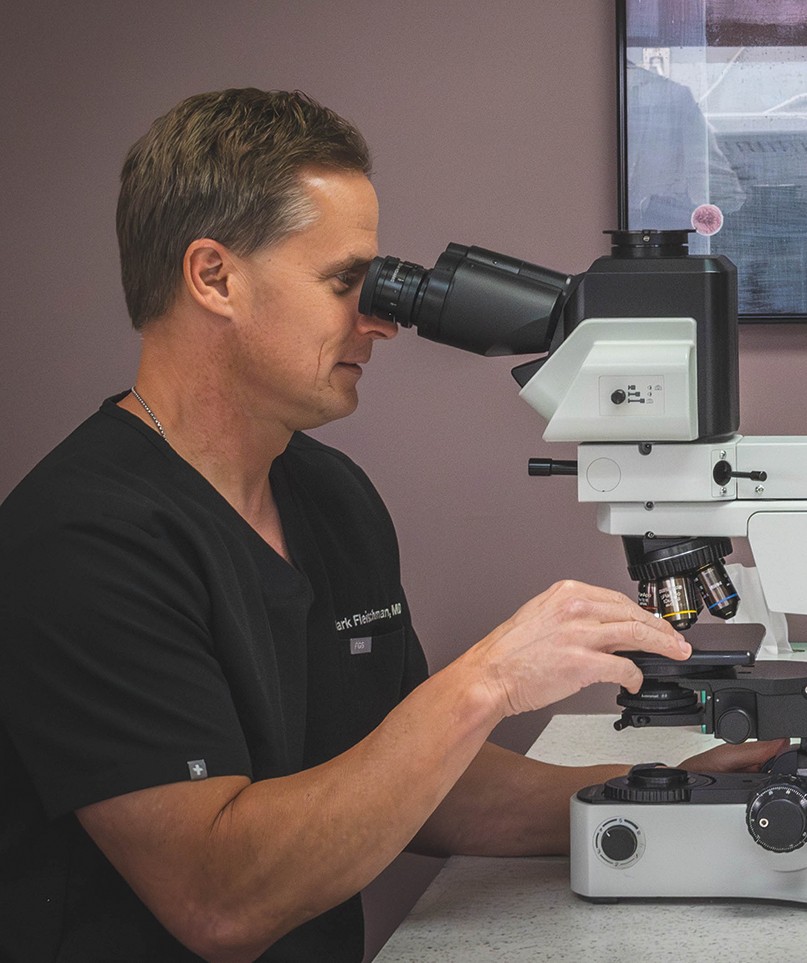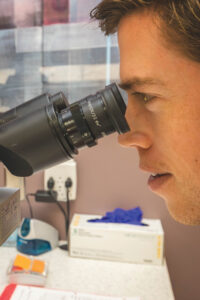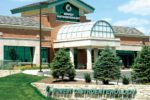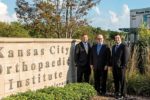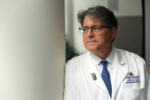U.S. Dermatology Partners – Mohs Surgery Team
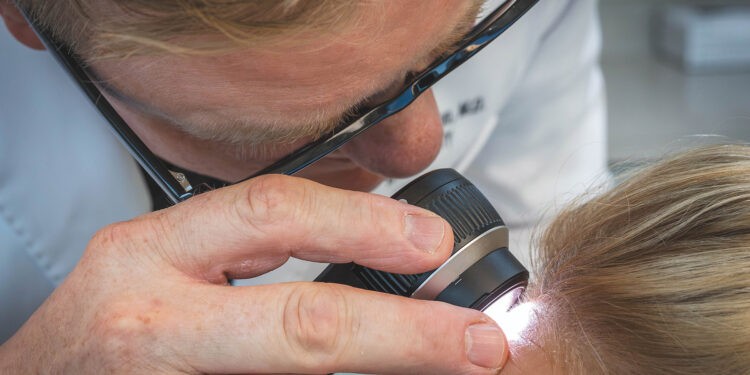
Story by Jeanie Edgmon
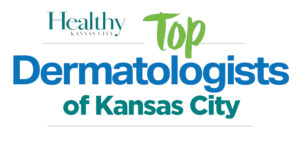 Mohs Surgery Offers Precision in the Fight Against Skin Cancer
Mohs Surgery Offers Precision in the Fight Against Skin Cancer
Skin cancer is by far the most common form of cancer. According to the American Cancer Society, 20 percent of Americans will be diagnosed with skin cancer in their lifetime. The number of people diagnosed with skin cancers has been increasing for several years due to several factors, including increased awareness, people living longer, increased sun exposure and use of indoor tanning, and improved techniques for detection. At the same time, the number of people who die each year from skin cancer has decreased, though two people still die every hour in the United States from skin cancer. While most Americans are more informed about skin cancer than in decades past, and the days of baking ourselves in the sun, slathered in baby oil, are over, skin cancer remains a prevalent and dangerous disease that requires prompt and precise treatment.
Today, Mohs micrographic surgery stands at the forefront of treatment options, offering unparalleled accuracy in removing cancerous tissue while preserving healthy skin. This revolutionary technique has become the gold standard for treating many types of skin cancer, particularly in sensitive areas like the face, hands, and feet. With cure rates reaching 99%, Mohs surgery represents a significant leap forward in dermatologic and oncologic care of skin cancers.
At the heart of this specialized field in Kansas City are six fellowship-trained Mohs surgeons at U.S. Dermatology Partners. These skilled physicians bring a wealth of expertise to the region, ensuring patients receive top-tier care in skin cancer treatment. Their combined experience spans tens of thousands of cases, from common basal cell carcinomas to rare and aggressive tumors.
Meet the U.S. Dermatology Partners Mohs Surgery Team
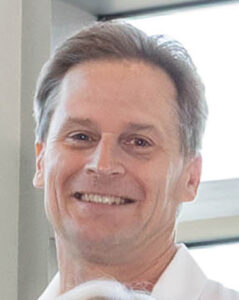 Dr. Mark Fleischman, a distinguished Mohs surgeon with two decades of experience, emphasizes the importance of this technique: “Mohs surgery allows us to remove skin cancers with microscopic precision, ensuring we get all the cancer while sparing as much healthy tissue as possible. This is crucial, especially when dealing with cancers on the face or other cosmetically sensitive areas.”
Dr. Mark Fleischman, a distinguished Mohs surgeon with two decades of experience, emphasizes the importance of this technique: “Mohs surgery allows us to remove skin cancers with microscopic precision, ensuring we get all the cancer while sparing as much healthy tissue as possible. This is crucial, especially when dealing with cancers on the face or other cosmetically sensitive areas.”
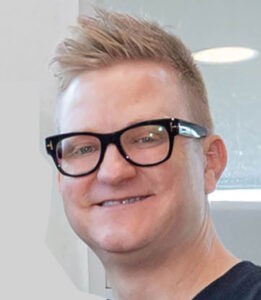 Dr. Sheldon Sebastian specializes in Mohs surgery and facial reconstruction. His background enhances his ability to achieve optimal cosmetic outcomes for patients, particularly in complex facial cases. Since completing his fellowship in 2009-2010, Dr. Sebastian has performed nearly 20,000 Mohs surgeries. This dedication to the craft of Mohs surgery brings comfort to the patients being treated at U.S. Dermatology Partners.
Dr. Sheldon Sebastian specializes in Mohs surgery and facial reconstruction. His background enhances his ability to achieve optimal cosmetic outcomes for patients, particularly in complex facial cases. Since completing his fellowship in 2009-2010, Dr. Sebastian has performed nearly 20,000 Mohs surgeries. This dedication to the craft of Mohs surgery brings comfort to the patients being treated at U.S. Dermatology Partners.
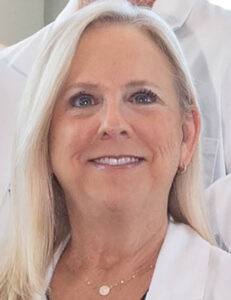 Dr. Karen Neubauer began her career as a general and cosmetic dermatologist in 1996 and subsequently completed a fellowship in Mohs surgery in 2008. With over 30 years of clinical practice, she integrates this experience into her Mohs surgeries to ensure the complete removal of skin cancers while prioritizing the aesthetic outcomes for her patients. Her comprehensive approach ensures patients achieve optimal skin health. “It is important that I care for my patients as if they are my own family.”
Dr. Karen Neubauer began her career as a general and cosmetic dermatologist in 1996 and subsequently completed a fellowship in Mohs surgery in 2008. With over 30 years of clinical practice, she integrates this experience into her Mohs surgeries to ensure the complete removal of skin cancers while prioritizing the aesthetic outcomes for her patients. Her comprehensive approach ensures patients achieve optimal skin health. “It is important that I care for my patients as if they are my own family.”
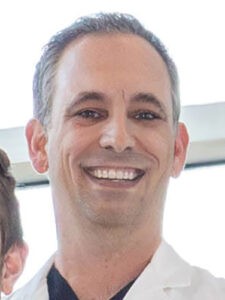 Dr. Nicholas Golda who has published over 70 scientific articles and previously served as the Mohs surgery fellowship director at the University of Missouri, brings the team a wealth of academic and clinical experience. His research contributions have directly advanced the field of dermatologic surgery. Dr. Golda notes, “The tissue-sparing nature of Mohs surgery results in smaller scars and better cosmetic outcomes, and the specialized reconstructive training provided by a Mohs fellowship assures patients that they are getting the best possible care.”
Dr. Nicholas Golda who has published over 70 scientific articles and previously served as the Mohs surgery fellowship director at the University of Missouri, brings the team a wealth of academic and clinical experience. His research contributions have directly advanced the field of dermatologic surgery. Dr. Golda notes, “The tissue-sparing nature of Mohs surgery results in smaller scars and better cosmetic outcomes, and the specialized reconstructive training provided by a Mohs fellowship assures patients that they are getting the best possible care.”
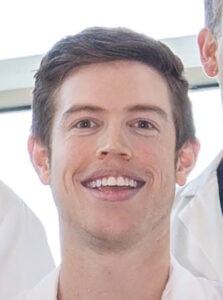 Dr. Andrew Armenta’s completed a dermatology residency and a fellowship in Mohs surgery. During his medical training, he authored over 50 peer-reviewed papers, posters, and podium presentations and presented them at national meetings. He practices both clinical dermatology and Mohs surgery. Dr. Armenta notes, “No skin cancer or patient is the same, and Mohs surgery allows us to both cure skin cancer and provide personalized care for our patients.” The dual focus of skin cancer treatment and personalized care drew him to Mohs surgery.
Dr. Andrew Armenta’s completed a dermatology residency and a fellowship in Mohs surgery. During his medical training, he authored over 50 peer-reviewed papers, posters, and podium presentations and presented them at national meetings. He practices both clinical dermatology and Mohs surgery. Dr. Armenta notes, “No skin cancer or patient is the same, and Mohs surgery allows us to both cure skin cancer and provide personalized care for our patients.” The dual focus of skin cancer treatment and personalized care drew him to Mohs surgery.
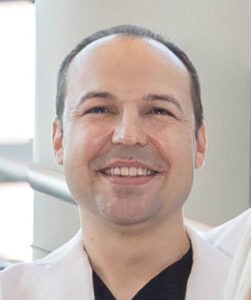 Dr. James Jim Griffith’s precision and passion for Mohs surgery and advanced facial reconstruction originates from his background in molecular and cellular biology and wound healing research. Dr. Griffith notes, “By integrating an understanding of the cell with surgical training, Mohs surgeons are unique in their ability to incorporate real-time microscopic evaluation into the surgical treatment of skin cancer.” He adds that by supporting our patients with comprehensive wound care education, we can arm them with knowledge on how to achieve the best outcomes after Mohs surgery.” With nearly 40 publications on cellular transplantation, novel reconstructive techniques, and light-based therapies for the skin, Dr. Griffith has become a beacon of knowledge and skill for his patients and peers.
Dr. James Jim Griffith’s precision and passion for Mohs surgery and advanced facial reconstruction originates from his background in molecular and cellular biology and wound healing research. Dr. Griffith notes, “By integrating an understanding of the cell with surgical training, Mohs surgeons are unique in their ability to incorporate real-time microscopic evaluation into the surgical treatment of skin cancer.” He adds that by supporting our patients with comprehensive wound care education, we can arm them with knowledge on how to achieve the best outcomes after Mohs surgery.” With nearly 40 publications on cellular transplantation, novel reconstructive techniques, and light-based therapies for the skin, Dr. Griffith has become a beacon of knowledge and skill for his patients and peers.
This team of fellowship-trained Mohs surgeons offer their specialization to patients in surgery and clinic by treating and identifying skin cancer early when it is easiest to treat.
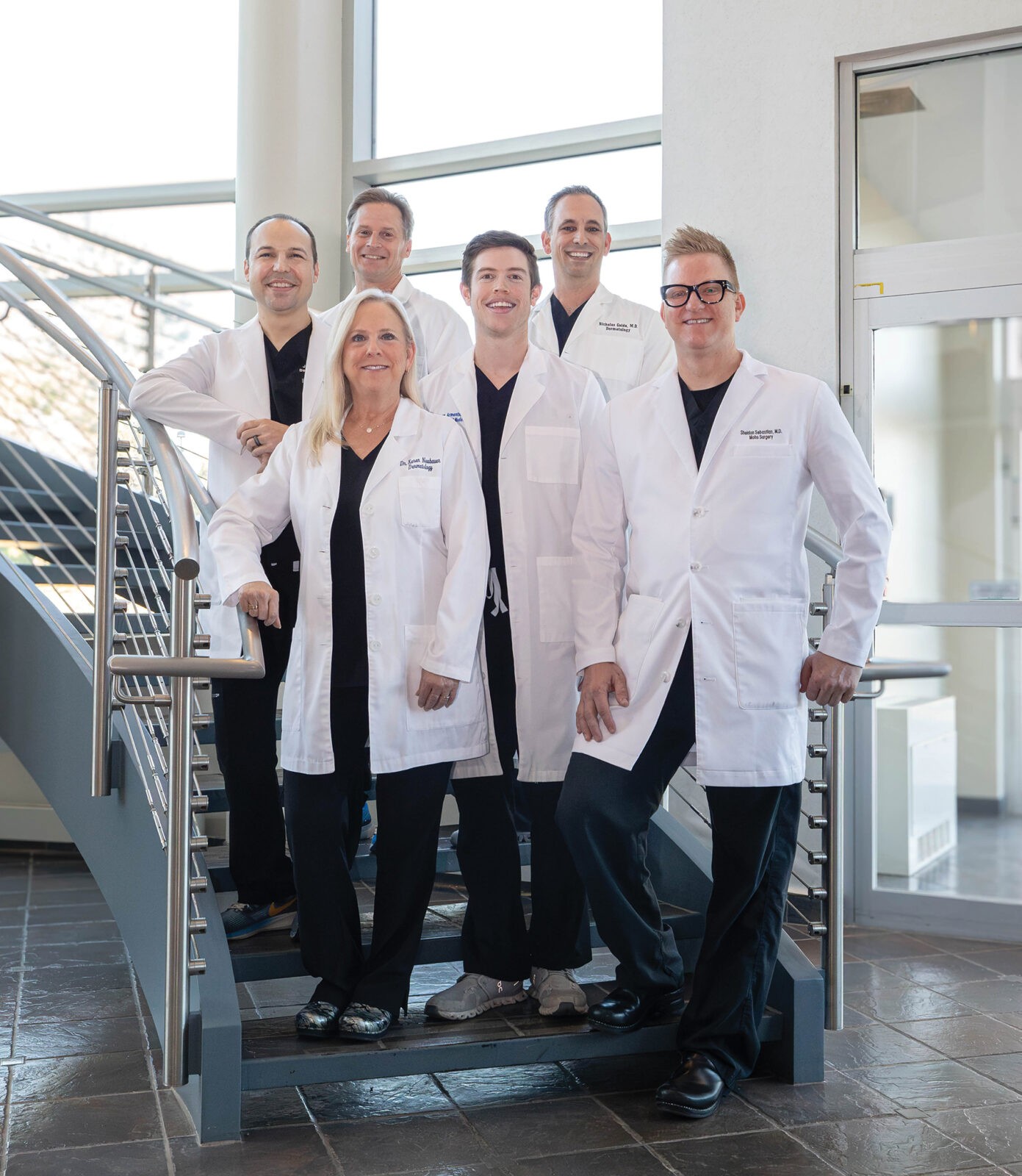
The Mohs Difference
Mohs surgery’s meticulous approach involves evaluating 100% of the borders of the tissue removed compared to 1% of the edges with a traditional excision. During the procedure, thin layers of cancer-containing skin are progressively removed and examined within a few hours until only cancer-free tissue remains. This process allows surgeons to verify that all cancer cells have been removed, practically eliminating the need for additional treatments or surgeries.
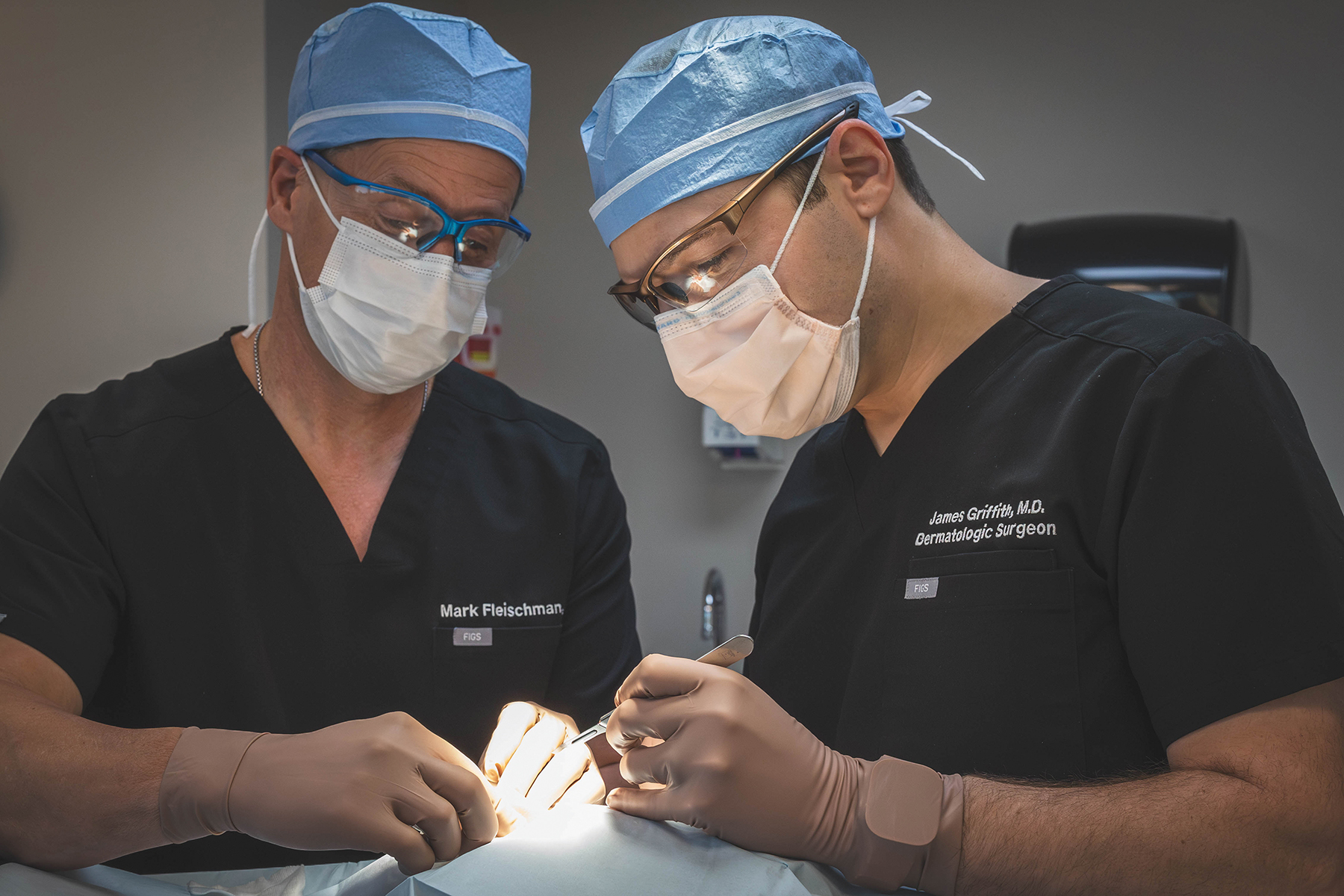
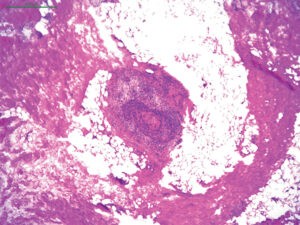 Dr. Sebastian explains, “The precision of Mohs surgery is particularly valuable when treating skin cancers in functionally and cosmetically sensitive areas. It allows us to preserve the maximum amount of healthy tissue, crucial for maintaining normal appearance and function.
Dr. Sebastian explains, “The precision of Mohs surgery is particularly valuable when treating skin cancers in functionally and cosmetically sensitive areas. It allows us to preserve the maximum amount of healthy tissue, crucial for maintaining normal appearance and function.
Dr. Fleischman details why Mohs micrographic surgery achieves higher cure rates than traditional excision methods, particularly for basal cell carcinoma (BCC) and squamous cell carcinoma (SCC), combining surgical precision with real-time pathological analysis.
“In Mohs surgery, thin layers of cancerous tissue are removed sequentially and examined under a microscope during the procedure. This ensures that all cancerous cells are excised while preserving as much healthy tissue as possible. As a result, Mohs surgery offers cure rates up to 99% for primary

BCC and SCC, making it the most effective treatment for these cancers.
He continues, “Traditional methods, such as curettage and electrodessication, are faster and more cost-effective but do not involve microscopic evaluation of the tumor’s margins, limiting their use to superficial cancers. Conventional excision, while effective for many tumors, requires removing an additional margin of healthy tissue around the cancer. This approach reduces the risk of recurrence but sacrifices more normal tissue, which can lead to larger scars and more extensive reconstruction. Additionally, margin assessment in conventional excision is performed post-operatively, meaning any positive margins require follow-up surgery, delaying definitive closure or repair. In contrast, Mohs surgery provides an immediate and thorough examination of 100% of the tumor’s margins during the procedure, significantly improving the likelihood of complete removal. This immediate feedback allows for more precise removal, sparing healthy tissue, minimizing scarring, and often eliminating the need for unnecessary additional surgeries. These advantages make Mohs surgery especially beneficial for skin cancers in cosmetically or functionally sensitive areas. “No other treatment, including all known surgical, medical, or radiation-based therapies, provides immediate confirmation and reassurance that all of the cancer has been removed while ensuring the health of the remaining surrounding skin that Mohs surgery does. This is why Mohs surgery is the gold standard for skin cancer treatment.”
Advanced Techniques and Technology
The Mohs surgeons at U.S. Dermatology Partners utilize state-of-the-art technology to enhance their surgical precision and patient outcomes. Dr. Armenta highlights the importance of continuous advancement in the field: “We’re constantly integrating new technologies and techniques to improve our surgical outcomes. From advanced innovative reconstruction methods to providing access to clinical trials that most patients would only have access to at a large academic center, we strive to offer our patients the best possible care.
One such advancement is the use of gene expression profiling. Integrating the clinical and microscopic findings with cellular gene expression provides new insights for identifying skin cancers that may behave more aggressively than we would have suspected with traditional staging systems alone.
Patient-Centered Care
While technical expertise is crucial, the Mohs team at U.S. Dermatology Partners places equal emphasis on compassionate patient care. Dr. Neubauer stresses the importance of this approach: “We understand that a skin cancer diagnosis can be frightening for patients. Our goal is to provide the best surgical outcome and guide patients through the process with empathy and clear communication.
This patient-centered philosophy extends to all aspects of care, from initial consultation to post-operative follow-ups. The team educates patients about their condition, treatment options, and preventive measures to reduce the risk of future skin cancers.
Recovery and Aftercare
Dr. Griffith addresses a common concern among patients: recovery time. “Most patients are pleasantly surprised by how manageable the recovery process is,” he says. “While it varies depending on the size and location of the treated area, many patients can resume normal activities within a few days. We provide detailed aftercare instructions to ensure optimal healing and minimal scarring.” Many of our patients want to return to work or get out on the golf course as soon as possible. Because the Mohs procedure treats skin cancer in a single visit, people can resume their lives and activities quickly.
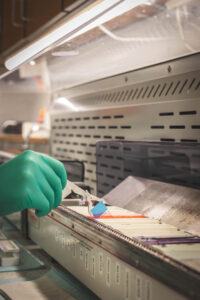 Prevention and Early Detection
Prevention and Early Detection
The Mohs surgeons at U.S. Dermatology Partners are not only focused on treatment but are also committed to the prevention and early detection of skin cancer. They advocate for regular skin checks and sun protection measures as key strategies in the fight against skin cancer. Each U.S. Dermatology Partners Mohs surgeon also sees patients in clinic to screen people for skin cancer, perform annual healthy skin checks, and manage patients with more complicated skin cancer needs, such as those with a history of advanced skin cancer or with immune suppression, such as organ transplant patients and people with leukemia.
Dr. Fleischman emphasizes the importance of public education: “While we’re equipped to treat even the most complex skin cancers, our ultimate goal is to prevent them from occurring in the first place. Regular self-examinations and periodic dermatologist visits may catch potential issues early when they’re most treatable.”
Looking to the Future
As skin cancer rates continue to rise, these Mohs specialists in Kansas City represent a significant asset to the community. Their commitment to advancing skin cancer treatment through Mohs surgery offers hope and healing to countless patients.
Dr. Golda reflects on the future of skin cancer treatment: “We’re at an exciting juncture in dermatologic surgery. Advances in genetic research and targeted therapies are opening new avenues for skin cancer management for locally advanced or metastatic disease. As Mohs surgeons and cutaneous oncologists, we are uniquely positioned to integrate these developments into our practice, further improving patient outcomes. Our main goal, however, is to detect and most effectively treat skin cancer as early as possible in its development. If we are successful in that effort, our patients will never need to worry about contending with advanced disease.
All Mohs surgeons at each Kansas City U.S. Dermatology Partners location are fellowship-trained and, therefore, uniquely qualified to manage the most challenging cases, such as large or aggressive tumors, due to their advanced training in complex tumor removal and reconstruction techniques. This expertise, developed through 1-2 years of specialized fellowship, ensures they can address tumors requiring precise surgical skills and extensive experience. As members of the American College of Mohs Surgery, they adhere to the highest standards of care to provide optimal outcomes for their patients.
The team at U.S. Dermatology Partners remains dedicated to staying at the forefront of advancements, ensuring that Kansas City residents have access to the most effective and innovative skin cancer treatments.
Their expertise, combined with the precision of Mohs surgery, offers patients the highest standard of care in skin cancer treatment. As they continue to push the boundaries of dermatologic surgery, they provide not just treatment but hope and confidence to those facing the challenge of skin cancer.
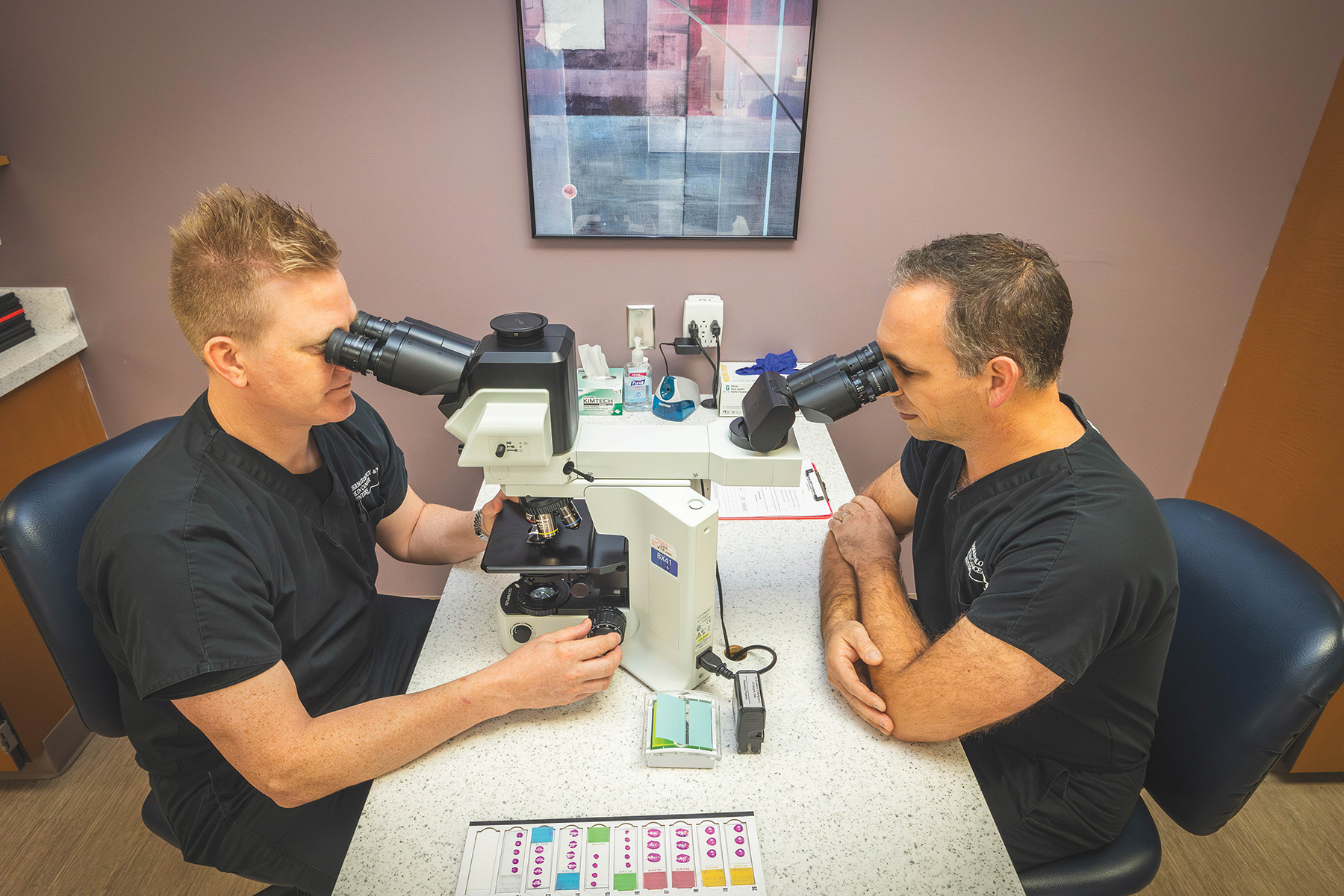

To learn more visit usdermatologypartners.com
Mohs Surgery is available in the following locations:
Lee’s Summit | 3265 NE Ralph Powell Rd, Lee’s Summit, MO 64064
Leawood | 11550 Granada Ln, Leawood, KS 66211
Shoal Creek | 8380 N Tullis Ave, Kansas City, MO 64158
St. Joseph | 3508 North Belt Highway, Suite A, St. Joseph, MO 64506
U.S. Dermatology Partners is one of the premier dermatology practices in the country caring for more than 2 million patients annually. With 13 locations across our Kansas and Missouri region, patients benefit from a private, personalized level of care paired with a network of coordinated, specialized dermatology physicians. U.S. Dermatology Partners is fervently focused on providing the highest level of compassionate and comprehensive patient-first care, making it seamless for all people to connect with dermatologists and national leaders in areas such as clinical research, psoriasis, and Mohs surgery and gain access to state-of-the-art dermatological treatments, surgical and cosmetic dermatology.
